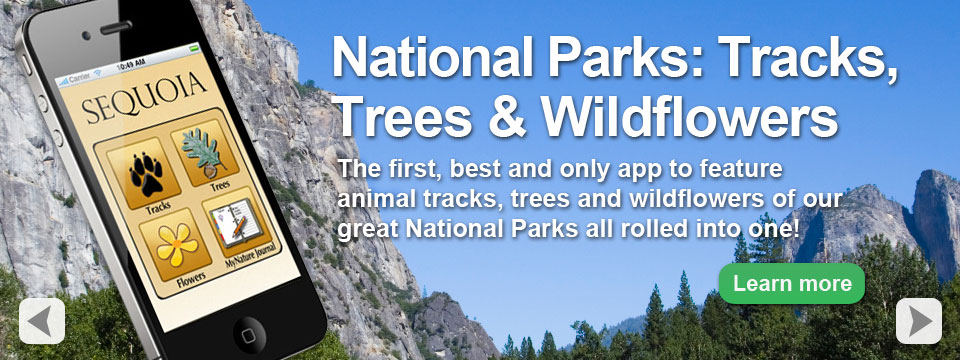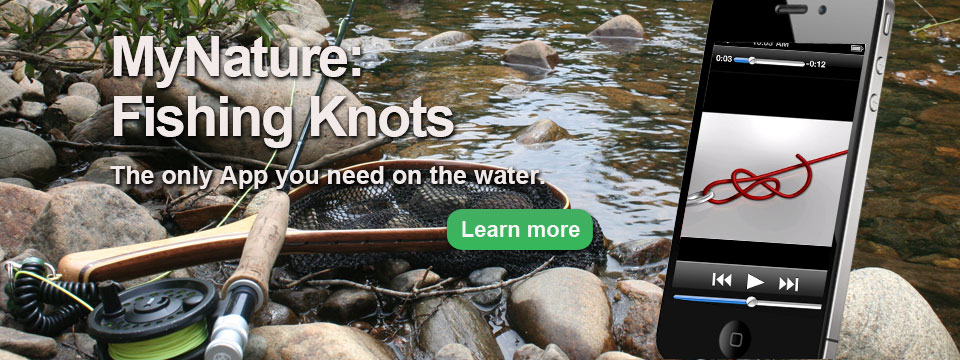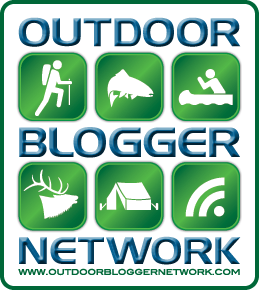Many animals have similar tracks, Whitetail Deer, Mule Deer, Elk, Moose, Antelope to name a few. Distinguishing between them can be difficult if your not aware of the size difference in their tracks or other minor differences. One track that greatly resembles those of the deer family is that of the Wild Hog. Wild Hogs are known by many names including, Feral Pig, Feral Swine, Wild Boars, Wild Pigs, Razorbacks and Javelina. Javelina and Wild Pigs although similar are of two separate families.
This track on the left is from a Wild Hog. Wild Hog tracks tracks measure approximately 2 to 2 1/2 inches long and 2 to 3 inches wide. They have a broad track and much more rounded than a typical deer track you would find. Many times you may find the tracks with the dewclaws showing. The dewclaws are set back and further out to the side than those of deer.
This image below shows a good example of the position dewclaws on a Wild Hog.
It’s always a good idea to find what animals are in the area you’ll be spending time in. If your interested in identifying their tracks once you know this information you can greatly narrow down which animals tracks you may have found.
Happy Tracking!


































What Others Have to Say